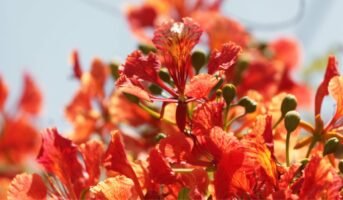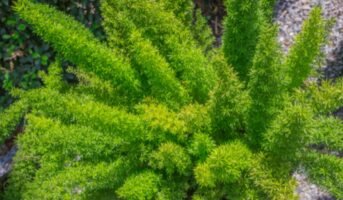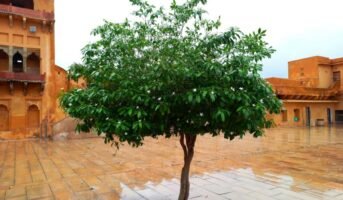Bonsai is an ancient East Asian practice of growing miniature trees in small containers. Bonsai is a Japanese word that means planted in a container. By 700 AD, the Pun-Sai art to grow dwarf trees in containers, became popular in China. In this guide, we explain how to grow and take care of the Bonsai plants at home.
What is a Bonsai?
A Bonsai tree is a regular tree that has been dwarfed by pruning its branches and roots. These trees get adapted to grow in limited space and are ideal for compact homes. The Bonsai trees are native to tropical and subtropical areas.
Types of Bonsai Plants
- Flowering trees: Some examples of the flowering trees are Snow Rose Bonsai, Gardenia Bonsai and Fukien Tea Bonsai.
- Evergreen trees: The evergreen Bonsais include Money Tree, Juniper Bonsai, Ginseng Ficus, Golden Gate Ficus and Weeping Fig. These plants shed old leaves and grow new ones throughout the year.
- Succulents: The succulents are characterised by their small fleshy leaves. Some popular varieties of succulents are the Jade Plants and the Dwarf Jade Plants.
- Deciduous trees: Some popular deciduous Bonsai trees include the Chinese Elm Bonsai Tree and the Japanese Maple Bonsai. These plants shed leaves during fall.
How to grow Bonsai Trees?
- Start by identifying the right Bonsai tree based on the location, needs, climate, etc. The Bonsai trees can be grown outdoors and indoors.
- Buy a seedling or Bonsai plant from a nursery.
- Take a medium-sized planter that has adequate holes for the water to drain.
- Choose the right potting mix for the Bonsai plant.
- Add a layer of fine gravel and stones of around 5 mm to prevent the plant from drying out.
- Spray the plants and avoid using a hose as it may cause overwatering.
- Pruning accelerates the healthy growth of the plant.
Bonsai Trees: Care and maintenance
- Soil: Choose well-draining and well-aerated soil. Typically, the soil mixes include pumice, lava rock and hard-baked clay.
- Water: Ensure that the soil does not dry out completely in between watering. The amount of water may depend on the species, climate, pot, etc.
- Pruning: Regularly prune the leaves, stems and roots of the Bonsai tree. Remove the dead, diseased or broken roots from the tree.
- Humidity: The Bonsai species of tropical or subtropical regions need ample moisture for their growth.
- Pest and diseases: Mist diluted neem oil on the plant to avoid diseases and pests.
Shaping Bonsai Trees
It may take years to master pruning techniques to keep the Bonsai trees in their miniature form. However, pruning is a crucial step to achieving the desired shape of the Bonsai so that they resemble a large tree.
The ideal time to start pruning is the spring season. However, this may vary based on the type of tree. Invest in good concave cutters for pruning the tree’s thick branches. If there are two branches of the same height on the trunk, keep one and remove the other. Remove the branches having unnatural twists and turns.
| Got any questions or point of view on our article? We would love to hear from you. Write to our Editor-in-Chief Jhumur Ghosh at [email protected] |
Harini is a content management professional with over 12 years of experience. She has contributed articles for various domains, including real estate, finance, health and travel insurance and e-governance. She has in-depth experience in writing well-researched articles on property trends, infrastructure, taxation, real estate projects and related topics. A Bachelor of Science with Honours in Physics, Harini prefers reading motivational books and keeping abreast of the latest developments in the real estate sector.











